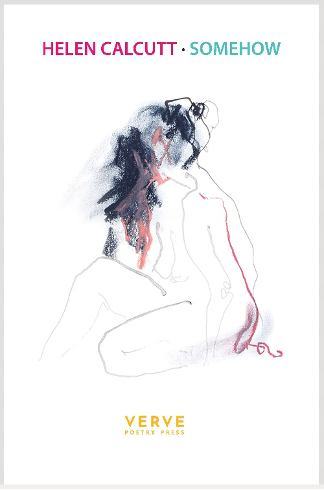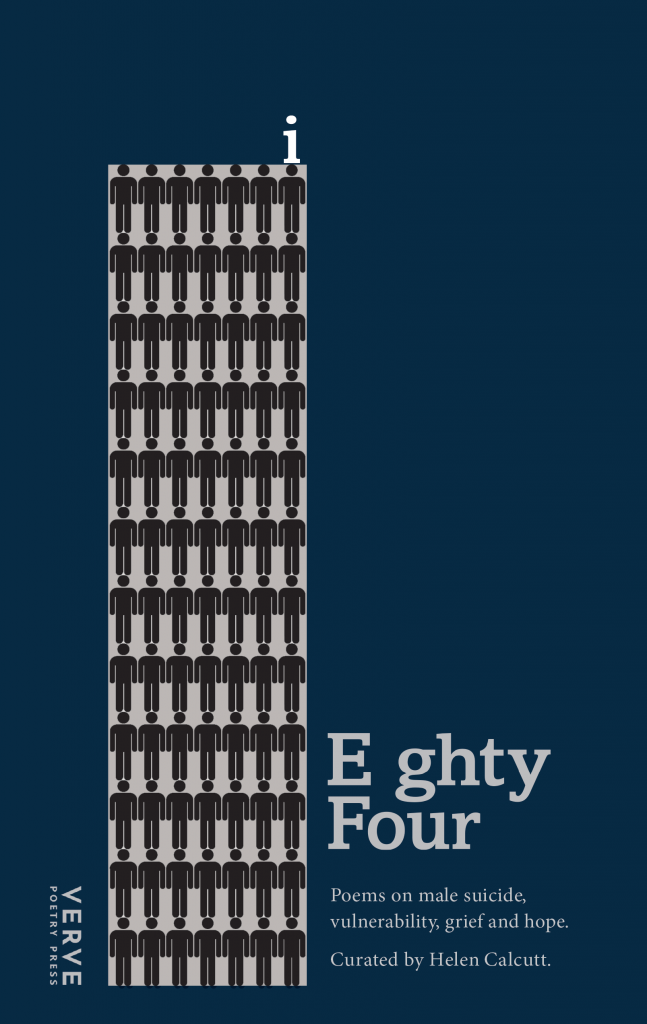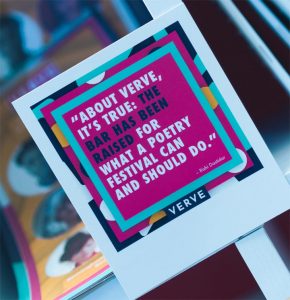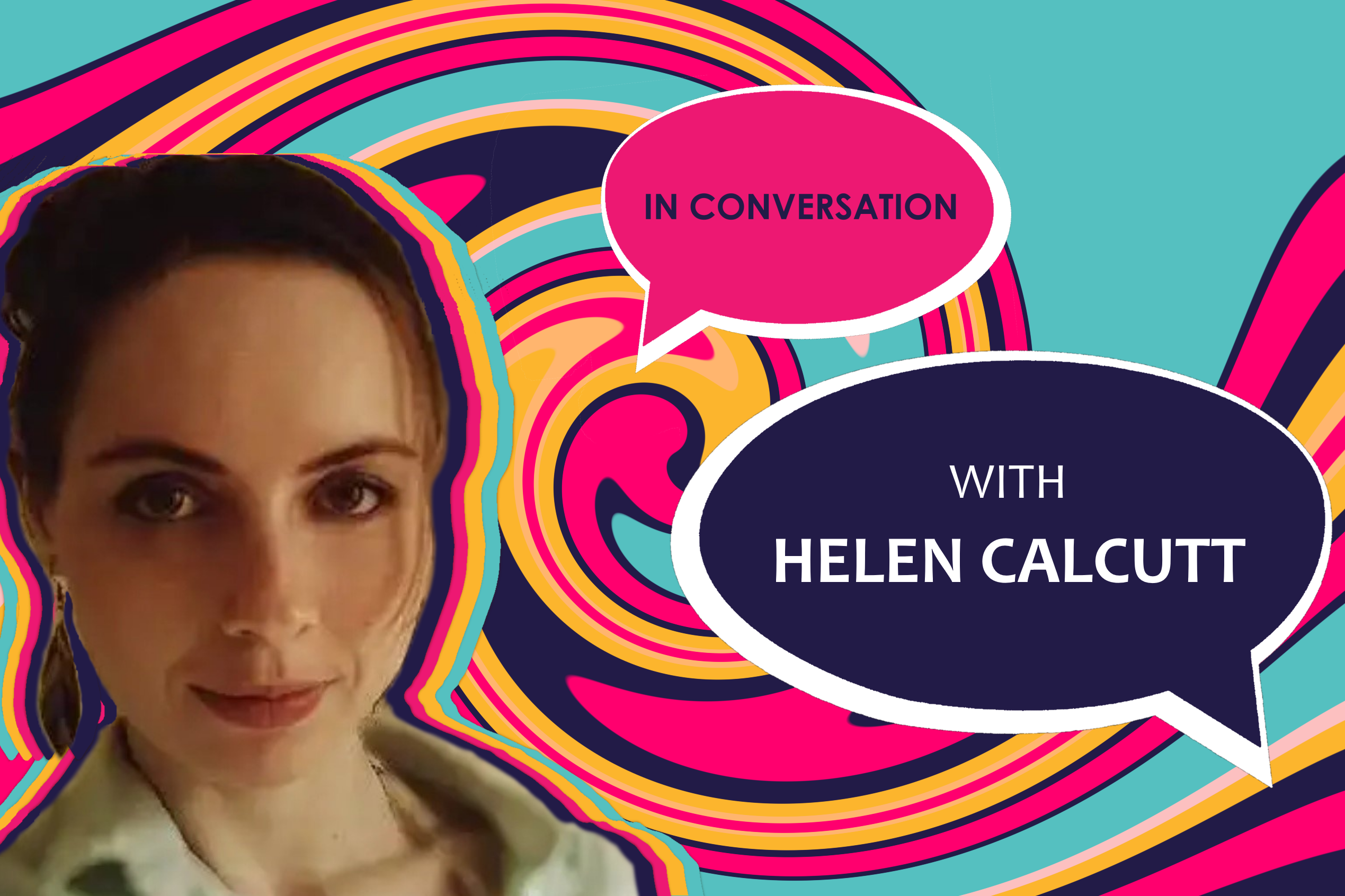
This month, we’re talking to Helen Calcutt, author of VPP pamphlet Somehow and editor of Eighty Four our anthology dealing with the epidemic of male suicide. She talked to us about the painful and cathartic experience of working on these projects, as well as her more recent work using her dance expertise to put poetry into motion…
Hello, Helen! As always, we start with a catch-up: how are you doing? What have you been up to?
I’m really well! I’ve been working on a full-length collection, which I actually finalised maybe two weeks ago? Things feel very exciting there, and I’m eager to divulge more, but I can’t right now. All I know is that it feels like a very strong piece of work. The poems are very different to those in Somehow – both in tone and content. But it’s all part and parcel of the creative, evolutionary process. It’s exhilarating.
The most tantalizing possible beginning to an interview, we can’t wait to hear more! For now we’ll focus on what you can talk about…
It’s been a year since your beautiful pamphlet Somehow was published. Could you tell us a little bit about what it meant to you then and what it means to you now?
‘Somehow’ is probably one of my proudest achievements as a writer. It just fell together so effortlessly. The poems poured through, and Stuart was there to catch, and filter them through, for which I am eternally grateful. The whole process just stands out as an incredibly sacred time for me. The poems really resonate with people too; they always feel so fresh. Whenever I read from ‘Somehow’, everyone feels a little more in touch with themselves somehow (ha! No pun intended!) which is wonderful.
And the writing process itself? what was that like? Did you end up writing the pamphlet you set out to write?
I didn’t set out to write a pamphlet at all, actually. I set out to write a collection. I was going to call it The last words I said were beautiful. But I quickly realised that, the subject matter being what it is, that a pamphlet would serve better. The loss of my brother has been explosive, raw, tragic, revealing, and a huge growth process. It felt (and still does feel) like a moment in time, suspended. Matt’s suicide isn’t something I want to drag across 60+ pages. It’s something I want to hold aloft: expose and absorb. Pamphlets help you do that. And Stuart helped me realise this was the way forward too.
Helen launched her pamphlet alongside Carrie Etter, Louise Fazackerly & Shazea Quraishi. You can watch the whole event on our YouTube Channel, including a Q&A with the poets!
That makes a lot of sense. You deal with a lot in this little space: incredibly difficult themes and emotions alongside tender, (painful?) hope. What are your thoughts on that balance? Did you have readers in mind as you wrote?
The reader in my mind was me, because I wrote them for a part of the self that often gets neglected when you suffer trauma. However, during the editing/ordering process I started thinking about ‘the reader’ a lot. I asked friends and family members lot of questions, and everyone more or less said the same thing – that they wanted to hear the truth. They want it raw and real, because ultimately, people want and need to truly feel into their pain.
‘Everything will be okay’ is such a well-worn phrase. And while this is true, actually – things do lift, perhaps even more so than before, it’s very important to start owning what hurts you. By this, I don’t mean drag it around like a ball and chain, I mean own it. With confidence, with feeling, with truth. I’m not sure I fully ‘owned’ Matt’s death in Somehow, but I’m definitely on my way.
As readers, we’re both moved and honoured by that truthfulness and the vulnerability it brings – hopefully it brings a sense of freedom too.
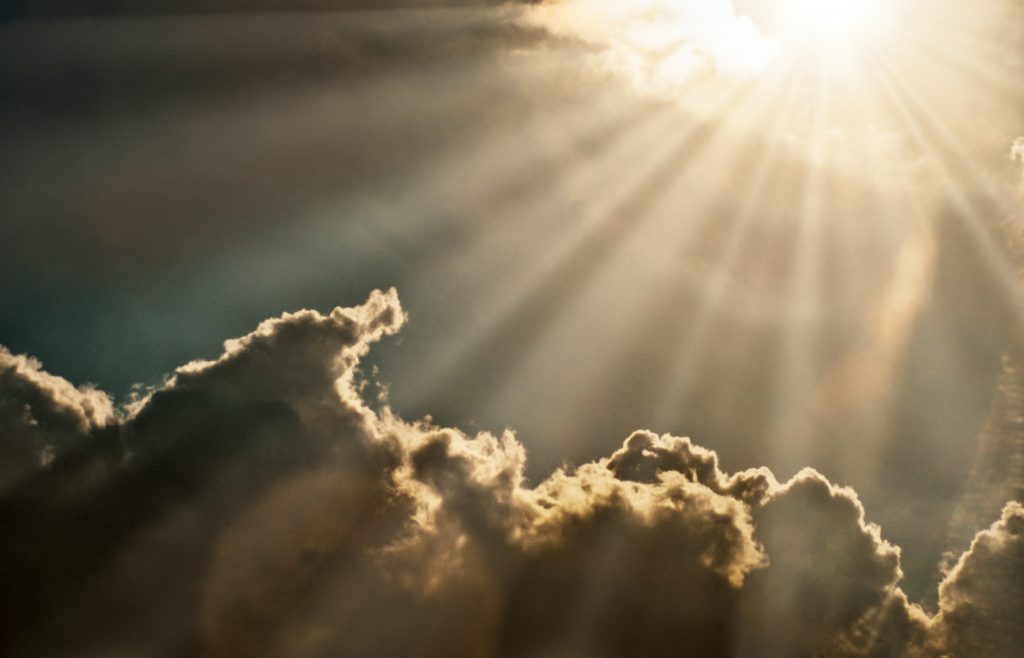
Speaking of balance, there’s a lot of nature imagery in Somehow, from sunlight to rain to snow… why do you think that is?
I’ve always turned to the natural/elemental world, in all of my work, quite simply because I find it so inspiring. It’s a gateway back to the self. What exists without is within. And you only have to observe the stillness of a leaf, and then be aware of how you’re observing it, to tap into your own being and what’s working away in there. The natural world is not separate from us – we are it. It is us. I use it so much in my work, because essentially, I write about what it is to be human, and a river is as much a part of my humanness as anything else.
As well ‘Somehow’ you’ve also worked with Verve Poetry Press as editor of Eighty Four an anthology of poems about male suicide; what was that like?
Putting Eighty Four together was hard in the sense that I encouraged people to be vulnerable for the sake of their art. I had to reject some poems, which I struggled with initially. But I can see now it’s all a part of an important, collective process, with so many poems reaching us – all of them hurting, all of them brave and beautiful. Everyone who submitted, whether they ended up in the anthology or not, were part of this wonderful movement for change: and it’s still reverberating. There’s more to come from that, I think. What form this will take, I don’t know, but I have a feeling. You can’t create something that inclusive, impactful, and qualitative, and it not last and last.
We heartily agree.
Finally, you’ve already mentioned an upcoming collection – is there anything else going on at the moment you can tell us about?
I’m doing a lot of research into translation at the moment – how we take written and/or verbalised language, and translate it into the body through dance. I see a lot of dance and poetry happening at the same time, side by side, but this isn’t translation. It can be impactful yes. But it doesn’t get to the root of why poetry and dance are so cohesive. When I write a poem, and when I dance, I get the same feeling. The same parts of my brain and body fire up. So, I know there’s a deep connection. One I want to expose fully.
That sounds amazing!
Poetry in motion: Helen combines dance and poetry in her work above.
I’m working with Max Porter’s ‘Grief is the thing with feathers’ as part of my research here, supported by Arts Council England, the DanceXchange, and the University of Worcester. What’s exciting, is that the professional dancers I’ve been working with (Sara MacQueen, Shelley Eva Haden, Francis Hickman, and Claire Lambert) all absolutely love the process.
As dancers, we haven’t created or explored anything like it before. The movement is generated from a very particular space, meaning the movement itself can be very particular. But it’s also about the dancer’s subjective relationship to the text and to it’s meaning, and how we explore and translate that, as well as the words and phrases themselves, that I find fascinating. It’s such a deep dive, and because of it, the movement is utterly unique. Bonkers at times, breath-taking at others
I’m looking towards the next stage of the project now, with the long-term aim of staging a full dance production of the text. It’s already been adapted for theatre – so I know it works in this setting. I just want to take it to the next level. Tap in the movement of all that subjective, compound grief – and let it fly.
We cannot wait to see where it goes! Thank you so much for talking to us!
For more from Helen, check out her pamphlet Somehow, the anthology she edited Eighty Four or read more about her on her author page here!

